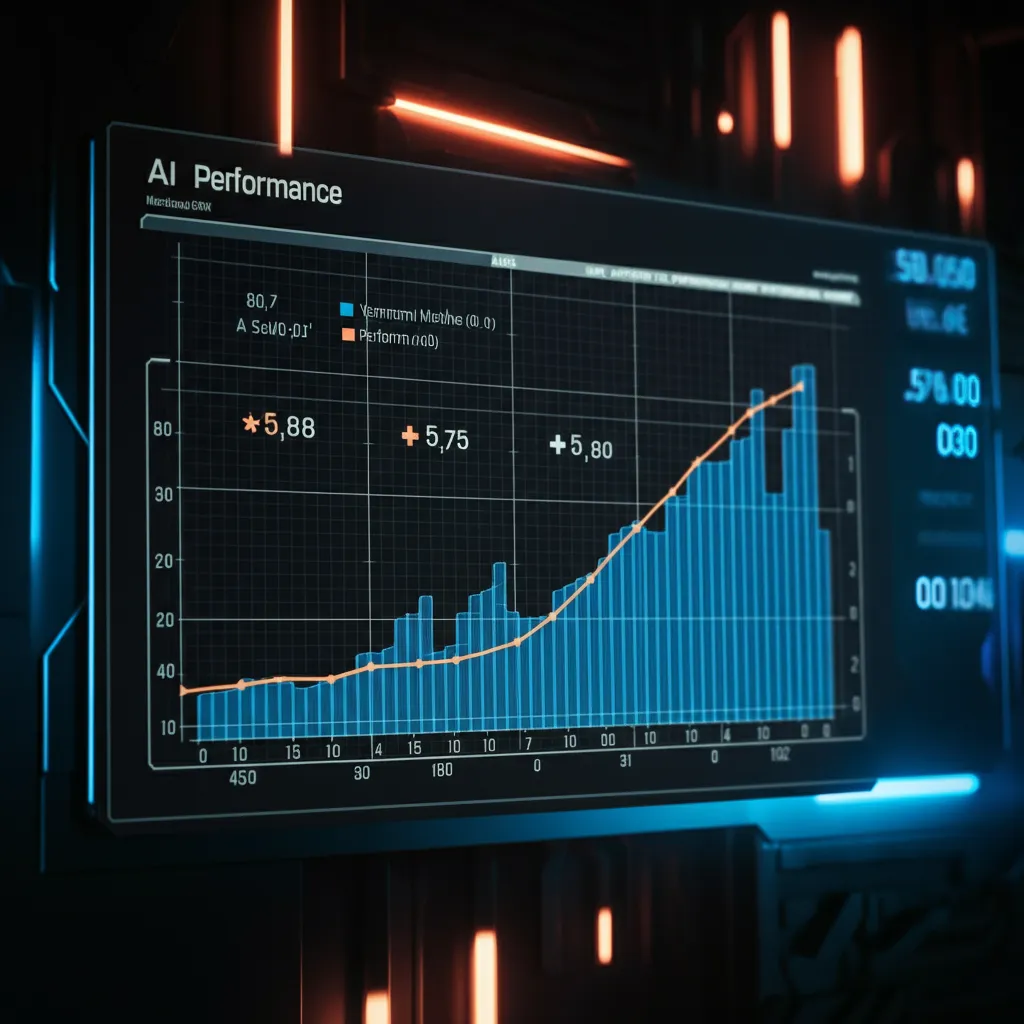OpenAI o3 Model: Leading the Charge in the Future of AI Benchmarks

Don’t just follow the conversation—lead it.
This is an example of an automated blog using AI. Want something similar for your business? Let's talk.
We will contact you within 24 hours.
In a monumental leap for artificial intelligence, OpenAI has unveiled its latest model, o3, which marks a new era in AI reasoning capabilities. This state-of-the-art model has set unprecedented benchmarks, reigning as a flagbearer in complex reasoning tasks—an essential function for businesses seeking automation and efficiency1.
Pioneering Performance Standards
OpenAI’s o3 model has achieved a stellar score of 87.5% on the ARC-AGI benchmark, with its performance better reflecting the attributes associated with Artificial General Intelligence (AGI) when computing power is heavily applied2. This positioned it far beyond its predecessors—GPT-3’s 0% and GPT-4o’s 5%, demonstrating o3’s revolutionary capabilities in problem-solving and logical reasoning3.

o3 has also broken records in competitive programming and mathematics benchmarks. Its outstanding 96.7% score on the 2024 American Invitational Mathematics Exam, exceeded only by missing a single question, underscores its prodigious analytical capabilities4. Such results not only illustrate an unprecedented leap in AI model proficiency but also herald a transformative tool for industries pivoting towards AI-driven solutions5.
Advances in Software Development and Safety
Performance in software development is critical for businesses aiming at efficient automation. On the SWE-Bench Verified, which assesses error detection and correction capabilities in coding tasks, o3 surpasses its antecedent, o1, by an astonishing 22.8%6.
Furthermore, OpenAI has embedded “deliberative alignment” into the o3 model—a novel technique to enhance safety by integrating human-written guidelines directly into the training procedures7. This innovation ensures that AI behavior aligns well with human values, crucial for businesses adopting AI automation8.

Looking Ahead: The Road to AGI
Though o3 represents a breakthrough in simulating reasoning akin to AGI under specific conditions, it is accompanied by significant caveats, notably its struggle with basic tasks9. The ARC-AGI 2 benchmark development promises to offer a more rigorous test for future advancements, with early projections suggesting a 30% achievement rate by 202510.
OpenAI is proactive in addressing the economic aspect of AI deployment, with an o3 mini version planned for release. This model promises increased accessibility to groundbreaking AI capabilities even at medium settings11.
Conclusion
As businesses worldwide navigate the complexities of technology-driven environments, OpenAI’s o3 model emerges as a frontrunner in realizing AI’s practical potential. With its exceptional performance in AI reasoning and groundbreaking strides in safety and efficiency, OpenAI sets the benchmark for future developments. At NeuTalk Solutions, leveraging such advancements in AI can empower businesses, providing customized automation solutions to enhance operations and interfaces11. To explore how AI can revolutionize your business, let’s develop the perfect strategy together.
Footnotes
https://siliconangle.com/2024/12/20/openai-details-o3-reasoning-model-record-breaking-benchmark-scores ↩
https://techcrunch.com/2024/12/20/openai-announces-new-o3-model ↩
https://siliconangle.com/2024/12/20/openai-details-o3-reasoning-model-record-breaking-benchmark-scores ↩
https://techcrunch.com/2024/12/20/openai-announces-new-o3-model ↩
https://the-decoder.com/openai-unveils-o3-its-most-advanced-reasoning-model-yet ↩
https://siliconangle.com/2024/12/20/openai-details-o3-reasoning-model-record-breaking-benchmark-scores ↩
https://btimesonline.com/articles/171800/20241221/openai-unveils-advanced-o3-models-claiming-breakthroughs-in-simulated-reasoning.htm ↩
https://the-decoder.com/openai-unveils-o3-its-most-advanced-reasoning-model-yet ↩
https://btimesonline.com/articles/171800/20241221/openai-unveils-advanced-o3-models-claiming-breakthroughs-in-simulated-reasoning.htm ↩
https://techcrunch.com/2024/12/20/openai-announces-new-o3-model ↩
https://btimesonline.com/articles/171800/20241221/openai-unveils-advanced-o3-models-claiming-breakthroughs-in-simulated-reasoning.htm ↩ ↩2
